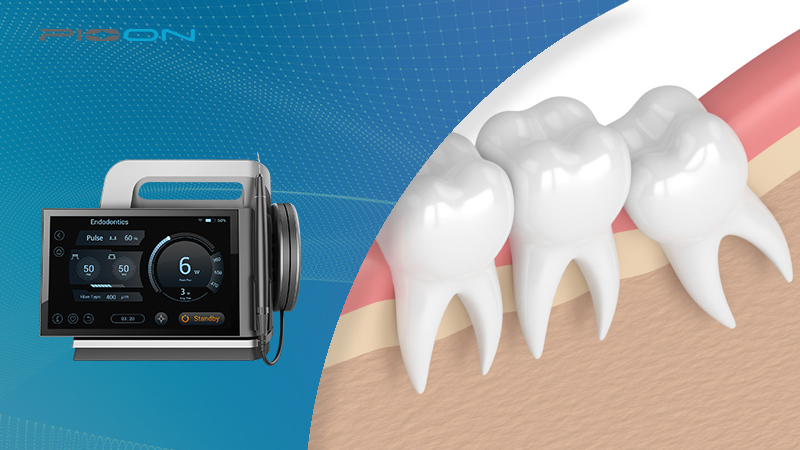
Wisdom teeth refer to the third molar, which is located in the last position of the mouth. Wisdom tooth problems occur in many people because of changes in eating habits and jaw structure over the course of human evolution that made the growth of wisdom teeth no longer necessary.
Due to the lack of space, the wrong growth direction, or infection and other problems, wisdom teeth appear pain, swelling, infection and a series of symptoms, at this time we need to choose to remove wisdom teeth according to the doctor's advice.
1. Anesthesia: Before the operation, the doctor will give the patient anesthetic drugs to ensure that the patient will not feel pain and discomfort during the operation. Anesthesia can include local anesthesia, general anesthesia, or sedative anesthesia.
2. Determine the scope of surgery: The doctor will determine the scope and location of tooth extraction by X-ray, MRI and other imaging techniques.
3. Cut: Your doctor will use a scalpel or laser to carefully create a small opening around the mouth. The doctor will then use special forceps to slowly loosen the alveolar bone where the wisdom tooth is located to release the tooth.
4. Tooth extraction: Your doctor will slowly remove the wisdom tooth using forceps and other tools. During the procedure, the doctor may feel some traction and pressure, but the patient will not feel pain or pain.
5. Confirm hemostasis: Once the tooth is removed, your doctor will apply mild pressure to the surgical site using gauze or other materials to ensure hemostasis.
6. Recovery: After the surgery is complete, the patient needs to rest for a period of time while the effects of the medication wear off. The doctor will give the patient instructions, including ice, topical care, and avoiding solid foods.
1. Surgical incisions: Conventional wisdom tooth surgery requires the use of a scalpel to make openings in the gums, but instead of a scalpel, a laser can be used to precisely cut tissue while reducing bleeding and pain.
2. Soft tissue removal: Lasers can be used to remove soft tissues, such as gums, so that doctors can more easily access and remove wisdom teeth.
3. Disinfection and decontamination: Lasers kill bacteria in the mouth, so they can be used to decontaminate the surgical area and reduce the risk of infection.